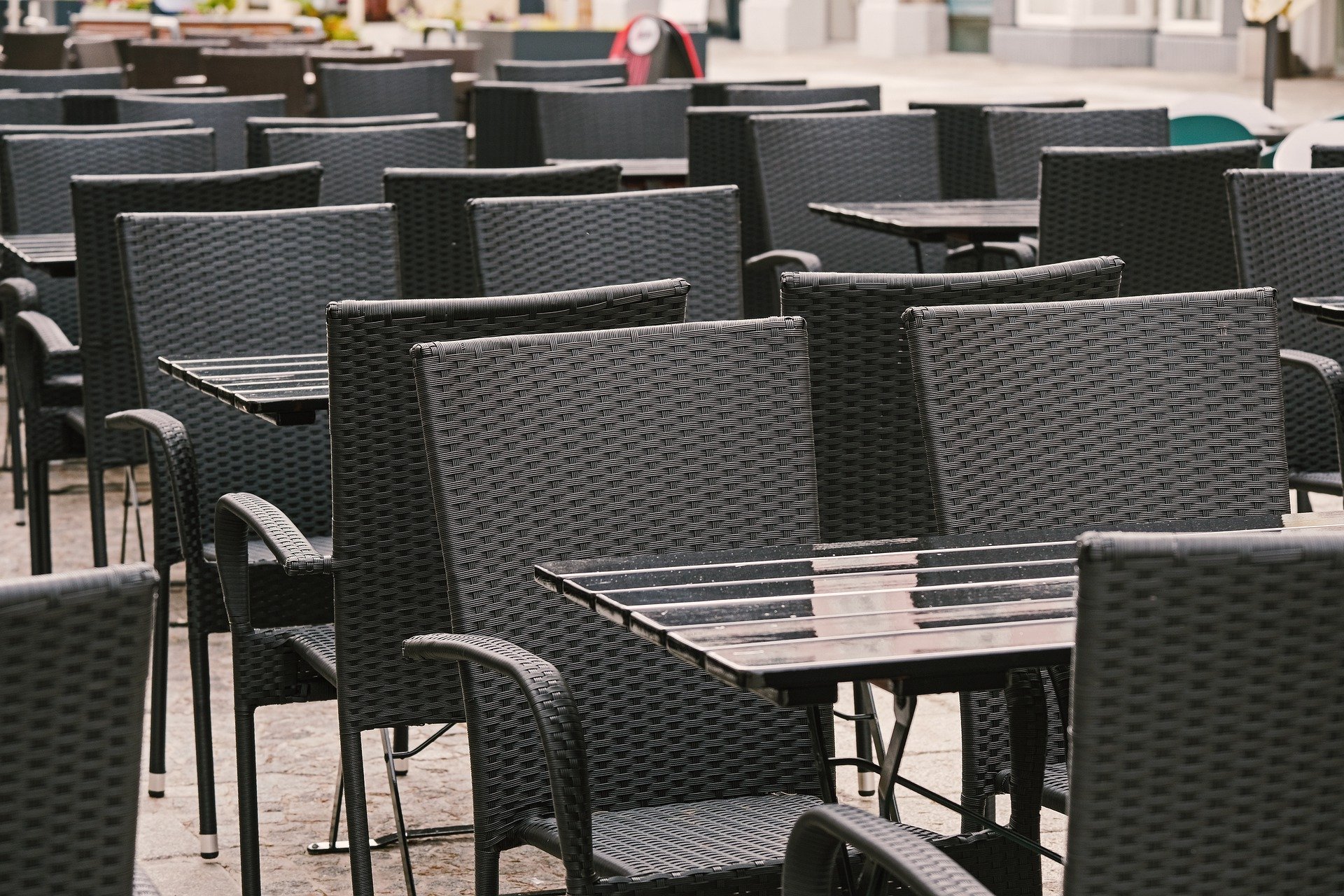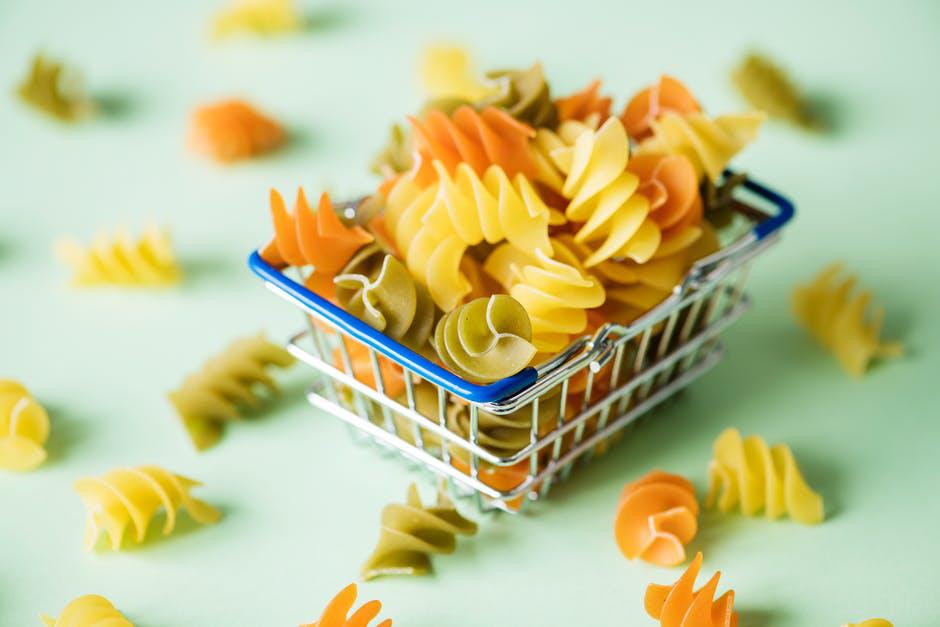How to Cut Costs for Your Restaurant During COVID-19

In the restaurant industry, business owners have always needed to get creative about strategies to increase revenue year after year. Live events, neighborhood partnerships, city-wide restaurant weeks – you name it. But in 2020, COVID-19 laid waste to both the most creative and the most cautious plans, leading to a jaw-dropping 73.9% decrease in seated diners compared to the same time period in 2019 (January to June).
Even as areas reopen for dining across the country, it’s crucial to not just get creative about how to increase revenue but also how to spend less. Here are some of the best ways to cut costs right now.
Get to Know the Numbers
Before reducing expenses, you should know where the money is going. Figure out your fixed costs such as rent or mortgage, loan payments, insurance premiums, and licensing fees. Then, look at variable costs, including utilities, labor, and perishable inventory. See what you’re bringing in and how much of a gap you need to cover. Laying it all out can help you make informed, practical decisions for your future.
Pare Down Your Menu
Big menus mean lots of choices and the opportunity to appeal to a broad audience. It also means maintaining a large inventory, much of which can spoil in a short amount of time. The more produce and meat you have on hand, the greater the expenditure and the higher the risk of spoilage.
Minimizing your menu can help in four ways:
- Reduces weekly and monthly inventory costs
- Requires fewer cooks to cover the necessary stations or dish components
- Allows guests to make quick decisions, increasing table turnover – vital at a time when occupancy limits have been cut in half (or more)
- Streamlines takeout and delivery services, which could be a significant source of income for the foreseeable future
If you are sitting on a stockroom full of pantry staples, think how you can use what you have instead of adding to an already pricey inventory order. Consider running a special on potato croquettes to use up a few 50-lb bags of spuds or turn a bevy of beans and frozen pork belly into a five-star cassoulet.
Cut Back Your Hours and Staffing
You know that lull between 2 p.m. and 5 p.m. that you’ve always used to bus tables and prep for the dinner rush? It’s time to excise the dead weight. Trim the hours of operation until you’re only open when you are typically busiest (plus the required time it takes to sanitize and maintain COVID-level cleanliness). This way, you can reduce utilities and labor costs while still maximizing your covers.
Continue to whittle away at labor costs by deciding who is truly essential or who can be cross-trained. If your state is still limiting bar seating, perhaps the bartender can also serve as cashier or hostess. Can the servers pull double duty running curbside service? Can you, as the owner-operator, step into a more active role?
Ask for Discounts
Many vendors are trying to help clients by offering discounts, but you may not know about them unless you ask. Call your reps for third-party ordering apps, check with your POS operator and gift card providers, and look into ad credits from social media sites and other marketing entities.
One of the most beautiful things to arise from this crisis is an increased sense of togetherness. The hospitality industry is doing its best to take care of its own while continuing to serve the public. Don’t be afraid to view competitors as colleagues. Meet up, discuss sharing bulk buys, and find a way to help carry each other into the new normal.
Author bio: Dana Krook is the Senior Manager, Content Marketing at TouchBistro, a POS solutions provider for restaurants. She focuses on sharing tips for and stories of restaurateurs turning their passion into success.
